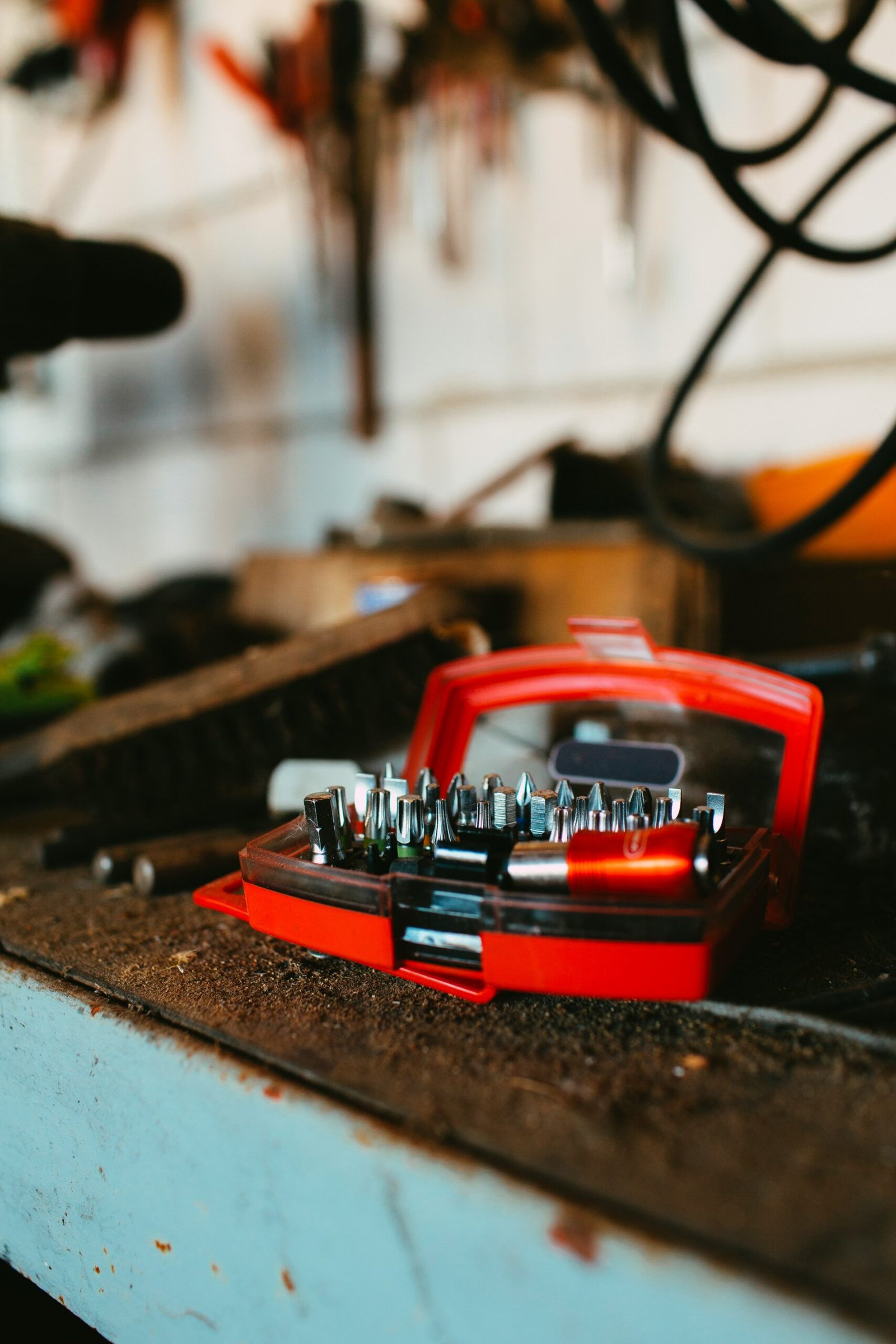Introduction to DIY Auto Repair Guides
When it comes to maintaining and repairing your car, many people prefer to take matters into their own hands. Not only can DIY auto repair save you money, but it also gives you a sense of accomplishment and independence. However, it’s important to have the right knowledge and resources to ensure that you can successfully complete the repairs. That’s where DIY auto repair guides come in.
What are DIY Auto Repair Guides?
DIY auto repair guides are comprehensive resources that provide step-by-step instructions on how to fix common car issues. These guides cover a wide range of topics, from basic maintenance tasks like changing oil and replacing filters to more complex repairs like replacing brake pads or fixing electrical problems.
These guides are typically written by experienced mechanics or car enthusiasts who have a deep understanding of automotive systems. They aim to break down complex repair procedures into simple, easy-to-follow instructions that even novice DIYers can understand.
The Benefits of Using DIY Auto Repair Guides
1. Cost Savings: One of the biggest advantages of using DIY auto repair guides is the potential cost savings. By performing repairs yourself, you can avoid expensive labor charges and markup on parts. Instead, you can purchase the necessary parts at a lower cost and invest your own time and effort into fixing the issue.
2. Learning Opportunity: DIY auto repair guides provide a valuable learning opportunity. By following the step-by-step instructions and understanding the underlying principles, you can gain a deeper understanding of how your car works. This knowledge can empower you to tackle more complex repairs in the future and make informed decisions about your vehicle’s maintenance.
3. Convenience: Repairing your car at home eliminates the need to schedule appointments and wait for your vehicle to be serviced. With DIY auto repair guides, you have the flexibility to work on your car at your own pace and at a time that is convenient for you.
4. Empowerment and Independence: Being able to fix your own car gives you a sense of empowerment and independence. You no longer have to rely on others to solve basic car problems, and you can take pride in your ability to maintain and repair your vehicle.
How to Use DIY Auto Repair Guides Effectively
1. Choose the Right Guide: There are numerous DIY auto repair guides available online and in print. It’s important to choose a guide that is specific to your make and model of car. This ensures that the instructions and diagrams provided are accurate and relevant to your vehicle.
2. Read the Guide Thoroughly: Before starting any repair, read the entire guide from start to finish. This will give you a clear understanding of the steps involved and help you gather all the necessary tools and parts before you begin.
3. Gather the Right Tools and Parts: Make sure you have all the necessary tools and parts before you start the repair. Consult the guide for a list of required items, and double-check that you have everything on hand. This will save you time and frustration during the repair process.
4. Follow the Instructions Carefully: DIY auto repair guides provide detailed instructions for a reason. It’s important to follow each step carefully and in the correct order. Skipping or rushing through steps can lead to mistakes and potentially cause further damage to your vehicle.
5. Take Safety Precautions: Always prioritize safety when working on your car. Wear appropriate protective gear, such as gloves and safety glasses, and use caution when dealing with potentially dangerous components. If you’re unsure about a particular step or safety precaution, consult the guide or seek professional advice.
Conclusion
DIY auto repair guides are valuable resources for anyone looking to take control of their car’s maintenance and repairs. By following these guides, you can save money, learn new skills, and gain a sense of empowerment and independence. Just remember to choose the right guide, read it thoroughly, gather the necessary tools and parts, follow the instructions carefully, and prioritize safety. With the right knowledge and resources, you’ll be well-equipped to tackle a wide range of car repairs on your own.
